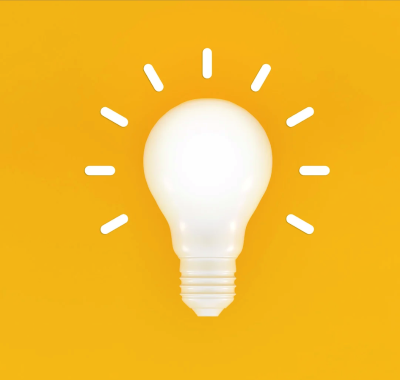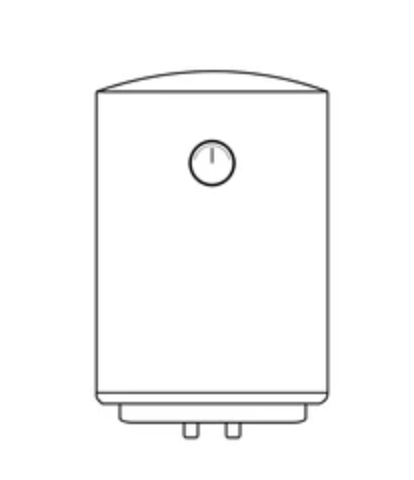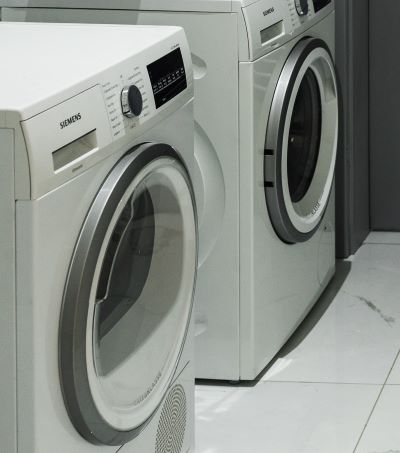An estimated 20% of fossil fuel emissions in the US come from the residential sector. To meet the climate crisis, homeowners need to improve the efficiency of what we have and upgrade each new machine we purchase to run on clean, renewable electricity. Looked at in this way, the task of cleaning up the residential sector is not insurmountable, particularly given the enormous new federal tax credits and rebates for doing so. Below are articles from the US Department of Energy and Energy-Saver on how you can reduce your greenhouse gas footprint and energy bills. The articles include product and financial assistance information, and tips for increasing energy efficiency. Read on for how you can do your part.
Lighting Efficiency

10% of your home energy use comes from lighting. Average Iowa residents have 68 light bulbs in their homes. Swapping current incandescent light bulbs to LED light bulbs is one of the easiest ways to save money on your home electricity bills. LED lights are now available for nearly all lighting types including dimming lights, can lights for recessed lighting, and specialty track lighting.
Weatherization: Insulation and Air Sealing

Air sealing and insulation are the first and most important investments many people should make in their home’s energy system. Insulation prevents heat from escaping in the winter and entering in the summer and can lower heating and air conditioning bills by 15% or more. This Department of Energy guide covers all aspects, including how to pay for it.
Water Heating

Choosing an efficient but suitable water heater for your home can be expensive and time consuming. Investing in a high-efficiency water heater can save on you money on your water and energy bills, saving you money in the long term. High-efficiency water heaters like tankless water heaters and heat pump water heaters can save significant amounts of hot water -- especially coupled with water
Space Heating and Cooling

The largest energy cost is heating in winter and cooling in summer. The simplest way to reduce costs is, of course, by adjusting the thermostat, particularly at night or when no one is in the house. The Department of Energy estimates you can save as much as 10 percent a year on heating and cooling by turning your thermostat back 7 to 10 degrees Fahrenheit for eight hours a day from its normal setting. With a programmable thermostat, you can warm or cool your house to a comfortable temperature automatically, before you arrive home or wake up.
Other common-sense habits to keep your house comfortable and reduce energy bills year around (all at little or no cost) are contained in two Department of Energy tip sheets: Spring and Summer Energy-Saving Tips and Fall and Winter Energy-Saving Tips. Reviewing them quickly in the spring and fall will set you up well for the changing seasons.
Because of the upfront, operating, and maintenance of heating and cooling equipment is so high, it’s important to start planning before your furnace and cooling systems wear out. Too often, consumers wait until their equipment fails and are forced to make quick, costly decisions on the fly. Below are fact sheets, product reviews, and financial assistance information on energy efficient appliances to save you money far into the future.
Home Appliances and Energy Efficiency

In addition to heating and cooling, Americans fill their homes with other labor-saving machines – washers and dryers, dishwashers, dehumidifiers, refrigerators and freezers, computers, TVs, phones, and more. This Energy Star article from US EPA provides product and financial assistance information on the many devices that simplify (and complicate) our lives.
